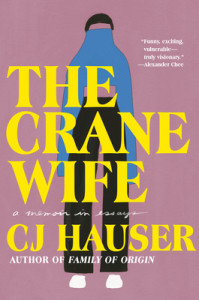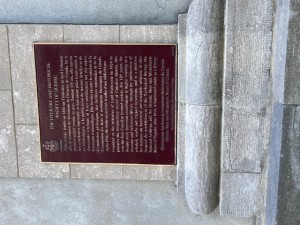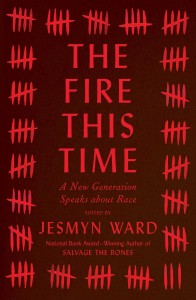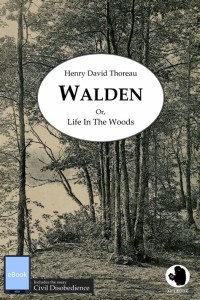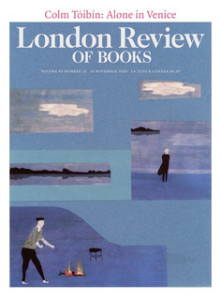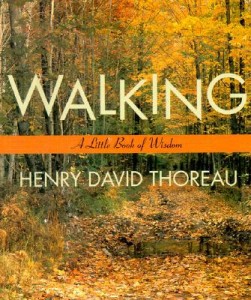As a writer, I learn something from every book I read. In no particular order, these are the ten best books I read in 2022. Please check the links to the blog archive for a fuller discussion of those I’ve reviewed.
1. The Wall, by Marlen Haushofer
The narrator wakes from a nap to find herself alone. She’s visiting family members at their hunting lodge on the edge of the Alps, and they have gone into town, leaving her with their dog Lynx. She walks down the road to meet them, but both she and the dog run into an invisible wall that separates them from the rest of the world. This journal of her solitary life in the years that follow is stunning.
2. Hamnet, by Maggie O’Farrell
O’Farrell’s tour de force focuses on Agnes, Hamnet’s mother, Shakespeare’s wife, and in so doing immerses us in the day-to-day experience of raising children and managing a household in Elizabethan England. What makes this novel so stunning is the author’s evocation of the details of each scene. It is a powerful reading experience that gives us insight into Shakespeare’s work, but even more into the lives of the many women who loved, married, and bore children in obscurity.
3. Generations: A Memoir, by Lucille Clifton
Lucille Clifton is one of my favorite poets and a huge influence on my writing. In this memoir, originally published in 1976 and now a new edition from New York Review Books, she brings a poet’s sensibility to crafting her story. The chapters, while prose, in their brevity exhibit the conciseness of poetry; anything not absolutely necessary is pared away, leaving the kernel. And you, the reader, bring your own understanding and experience to fill in the spaces.
4. Memorial Drive, by Natasha Trethewey
Trethewey is another of my favorite poets, so I looked forward to reading her memoir. Not needing to know anything more than the author’s name, I plunged in, only to emerge finally, astonished and awed. With a poet’s concision and musicality, she conjures her rural Southern childhood. Trethewey’s voice is quiet—quiet as Black women’s voices have had to be. Yet with all that, her voice carries the emotions held in check by her composure, a tribute to the author’s exquisite use of language. She has created a moving exploration of memory and of how we manage, or fail to manage, our painful past.
5. Migrations, by Charlotte McConaghy
Arriving in Greenland with only her research gear, Franny Stone is determined to study the last of the Arctic terns. She says that even though her expedition has been canceled, she intends to follow the terns on what will be their final migration to Antarctica. The book is set in the near future when climate change has wiped out most birds, fish, and animals. Although disapointing at times, this profound story is worth your attention.
6. The Tradition, by Jericho Brown
I am astonished by these poems, the power and sheer artistry of them. They are personal and political, specific and universal. Brown deploys the tools of poetry—enjambment, white space, personification—boldly. Some of the poems take up hardly any space, lines only two or three words long. Yet even with that limitation they are remarkable, the fragmentation creating a rhythm in counterpoint to and with the rhythm of the words. He also creates his own tools, complex forms that defy gravity.
7. The Crane Wife, by CJ Hauser
This book of essays, anchored by the superb title essay, is about the stories we tell ourselves about our lives and about who we are. Hauser balances personal stories with those of others, sometimes her friends, sometimes writers or their characters, sometimes the natural world.
8. The Warmth of Other Suns, by Isabel Wilkerson
From 1915 to 1970 almost six million Black citizens left the south for northern and western cities looking for better lives. For the first time Wilkerson’s monumental book gives us a history of the Great Migration. The book is long but eminently readable, due to Wilkerson’s approach. By closely following stories of three individuals, she captures the reader’s attention and sympathy and keeps us turning pages.
9. Parable of the Sower, by Octavia E. Butler
This 1993 novel begins in the then-distant future of 2024, which startled me at first. Due to her mother’s drug abuse while pregnant, teenager Lauren Olamina actually feels all the sensations she witnesses in others. She calls it “sharing” and finds it a liability in her world, a dreadful world that is only too likely how things will turn out here, given the trends already present in the 1990s and only worse today. A brilliant story of one woman’s journey.
10. Miss Benson’s Beetle, by Rachel Joyce
London in 1950 is still recovering from World War II, with food rationed, ruined buildings being cleared, another generation of men wiped out, and women chucked out of their wartime jobs. Middle-aged spinster Margery Benson finally cracks and quits her job teaching domestic science in an elementary school with out-of-control children. She decides to set out on the adventure of a lifetime: an expedition to New Caledonia to find a mythical golden beetle. So much fun!
What were the best books you read in 2022?
